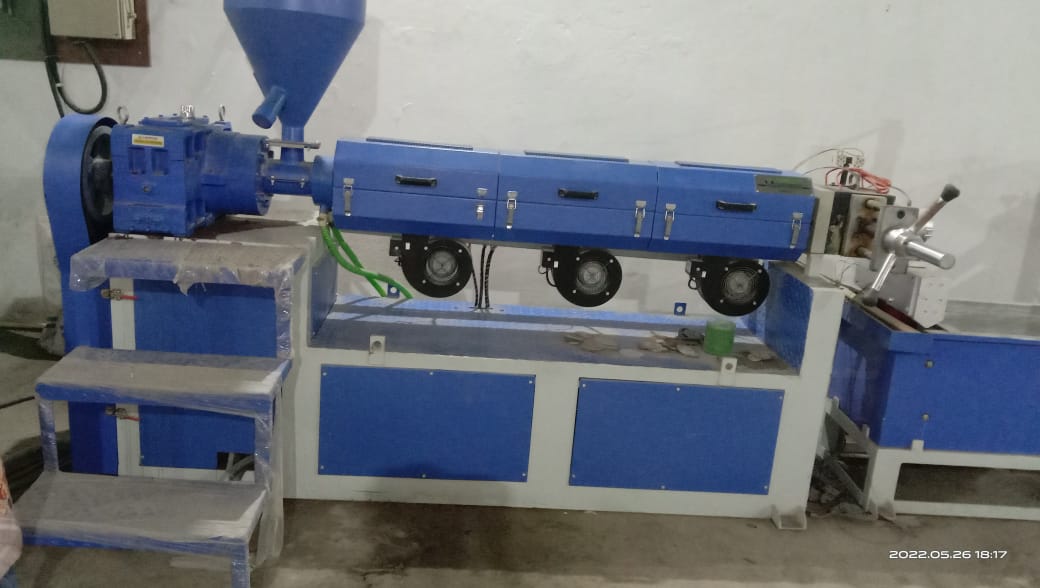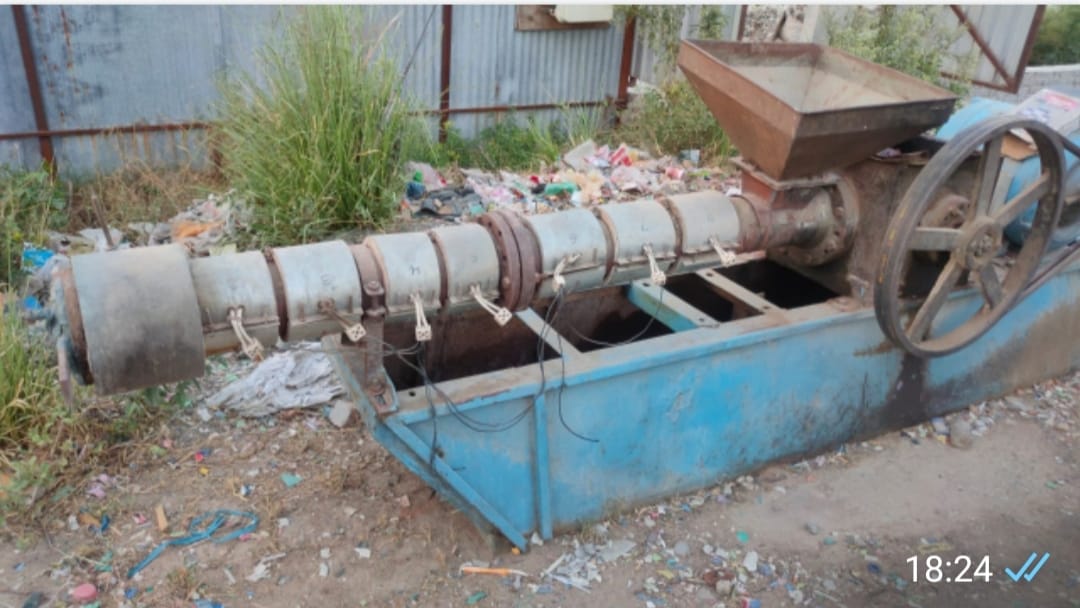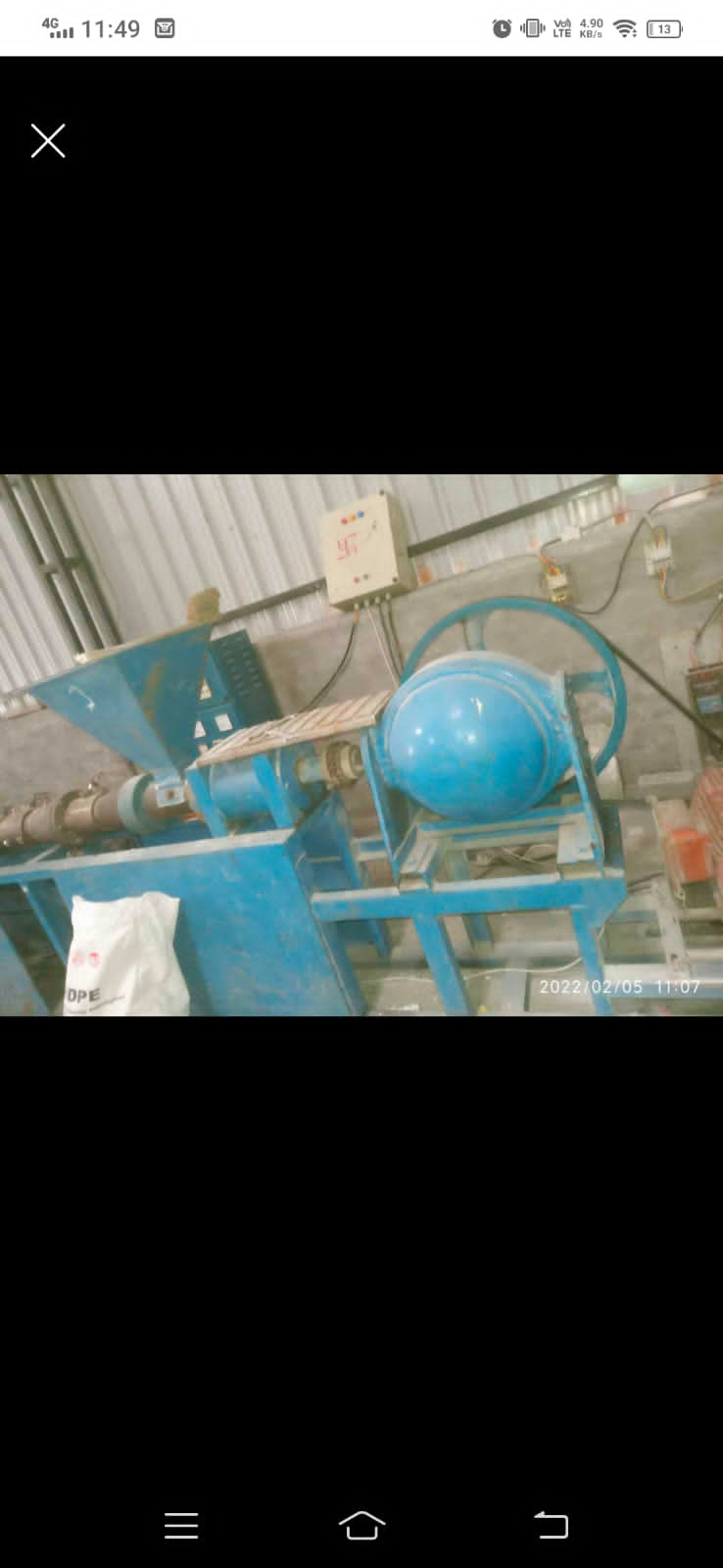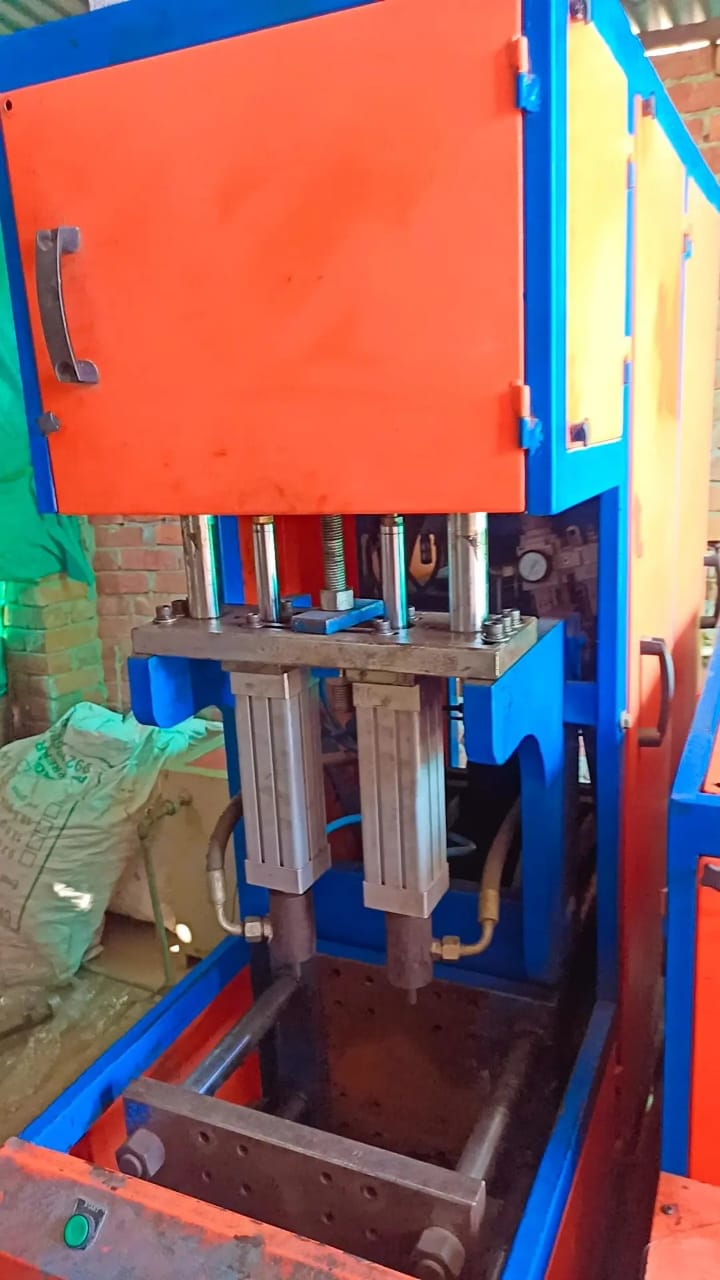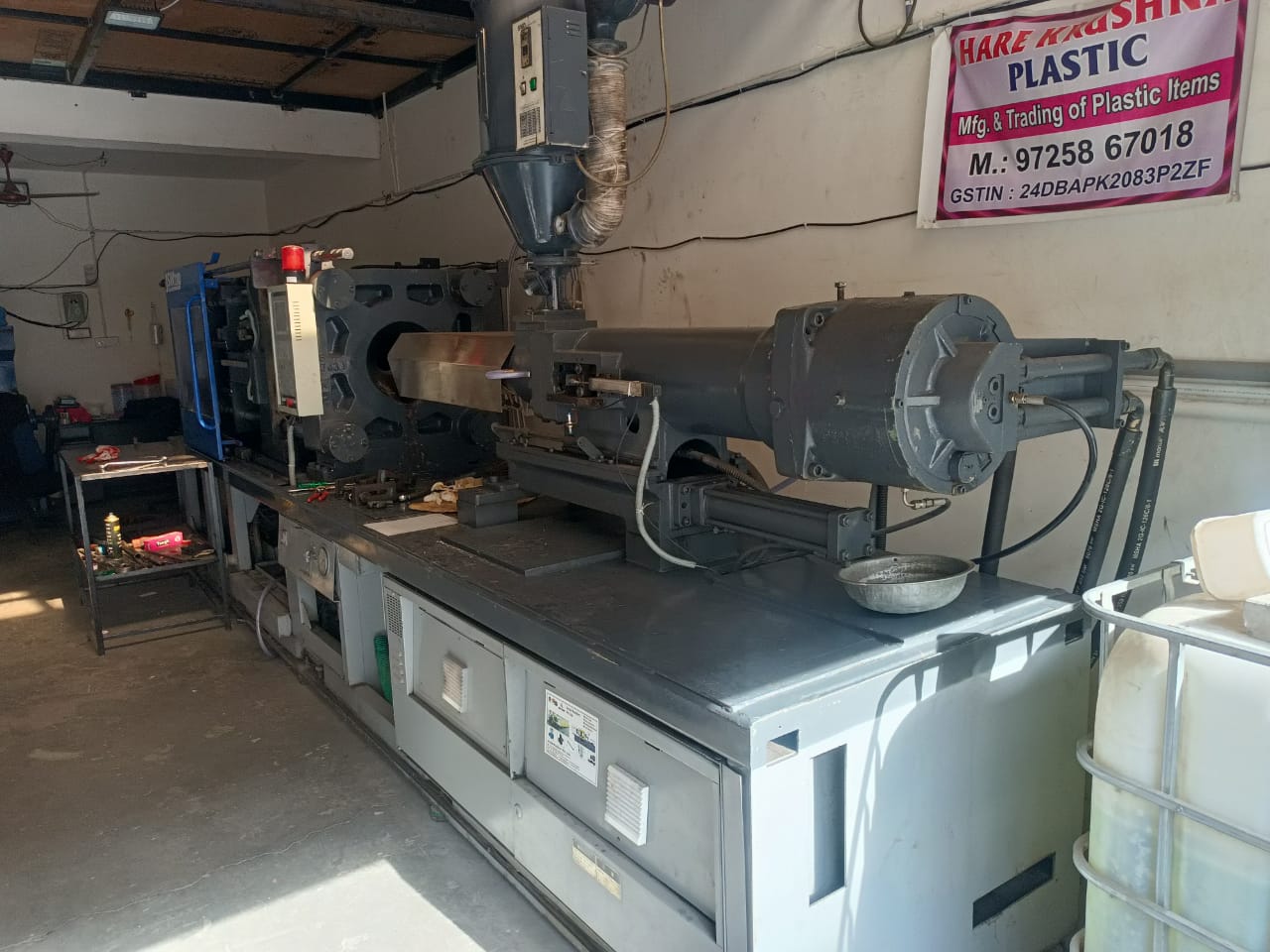This is a Used Injection Molding Machine
Product Specification
| Machine Type | Injection Blow Molding |
| Capacity | 160 Ton |
| Clamping Way | Hydraulic & Mechanical Composite |
| Brand | Komatsu |
| Usage/Application | Automatic |
| Injection Shot Capacity | 160 gm |
| No Of Cooling Fan | 2 |
| Number Of Heating Zones | 4 |
| Oil Tank Capacity | 160 Ltr. |
| Structure | Horizontal |
Injection molding machines are widely used in the manufacturing industry to produce plastic parts and products. They are versatile and efficient machines that enable the mass production of plastic components with high precision and consistency. Here are some key points about injection molding machines:
Working Principle: Injection molding machines operate by melting plastic pellets or granules and injecting the molten material into a mold cavity. The molten plastic is forced into the mold under high pressure, where it cools and solidifies to form the desired shape of the product.
Machine Components: Injection molding machines consist of several major components, including the hopper (to hold and feed plastic material), the barrel (where the plastic is heated and melted), the screw (which pushes the molten plastic into the mold), the mold (which shapes the plastic), and the clamping unit (which holds the mold in place and applies pressure during injection).
Machine Types: Injection molding machines can be categorized into different types based on their power source and operation:
- Hydraulic Injection Molding Machines: These machines use hydraulic power to drive the injection process. They are known for their high clamping force capabilities and are suitable for a wide range of applications.
- Electric Injection Molding Machines: Electric machines utilize electric servo motors for the injection, clamping, and ejection functions. They offer high precision, energy efficiency, and repeatability.
- Hybrid Injection Molding Machines: Hybrid machines combine hydraulic and electric systems to take advantage of both power sources. These machines provide improved energy efficiency while maintaining high performance and flexibility.
Machine Size and Tonnage: Injection molding machines are available in various sizes, ranging from small benchtop machines to large-scale industrial machines. The size is determined by the maximum clamping force the machine can exert, which is measured in tons. Common tonnage ranges include 5-500 tons for small to medium-sized machines and 500-10,000+ tons for large machines.
Control Systems: Modern injection molding machines feature advanced control systems to precisely control the injection process. These systems allow for precise control over parameters such as injection speed, pressure, temperature, and cooling time. Some machines also incorporate features like multi-stage injection and closed-loop control for enhanced molding performance.
Applications: Injection molding machines are used in various industries to produce a wide range of plastic products, including automotive components, consumer goods, electronic parts, medical devices, packaging materials, and more. The versatility of injection molding makes it a popular choice for high-volume production of plastic parts.
It is in a good working condition.
It has been recently serviced.
No pending loan against the machine.



